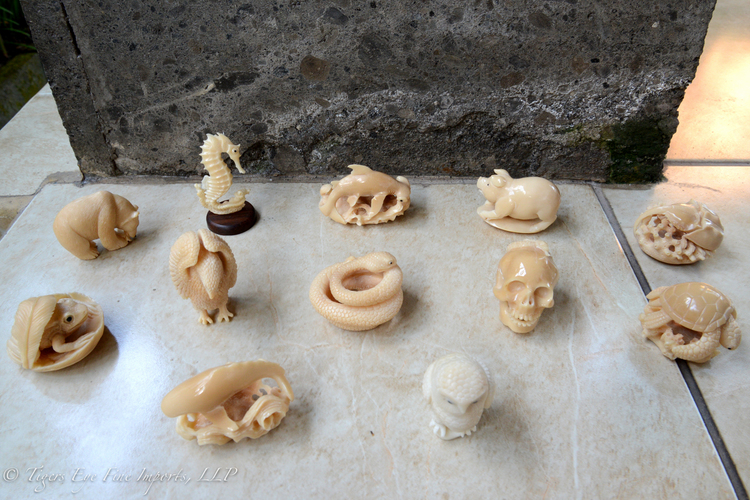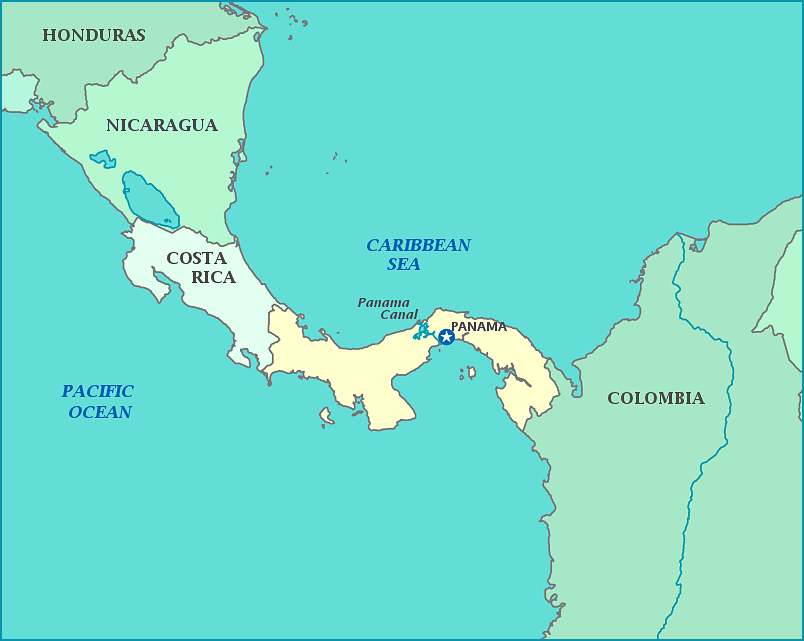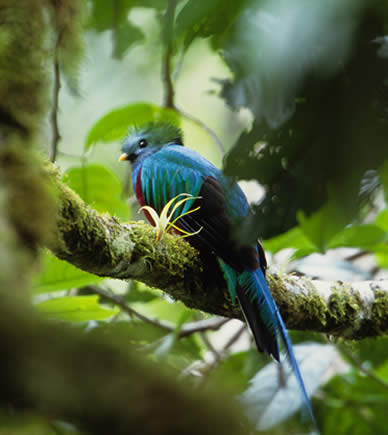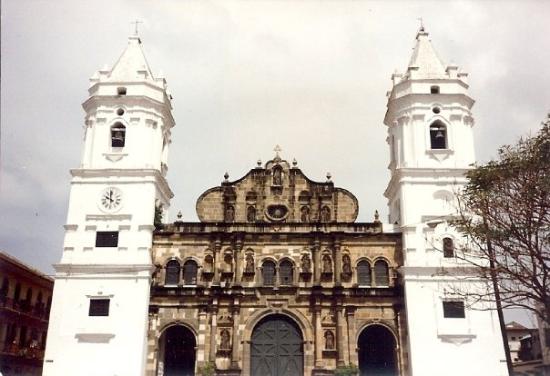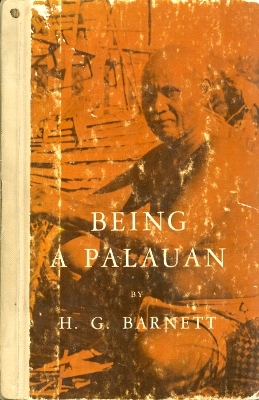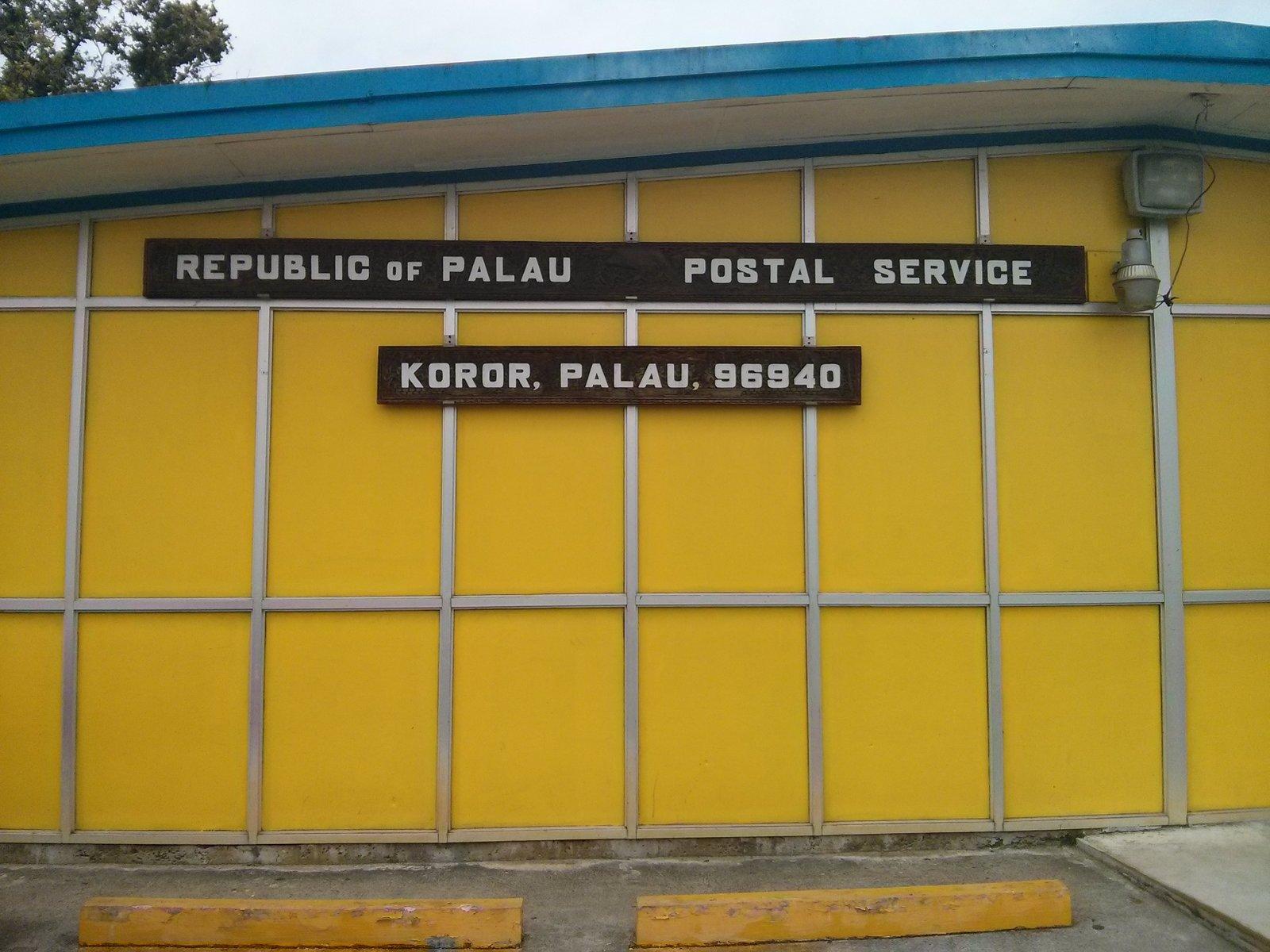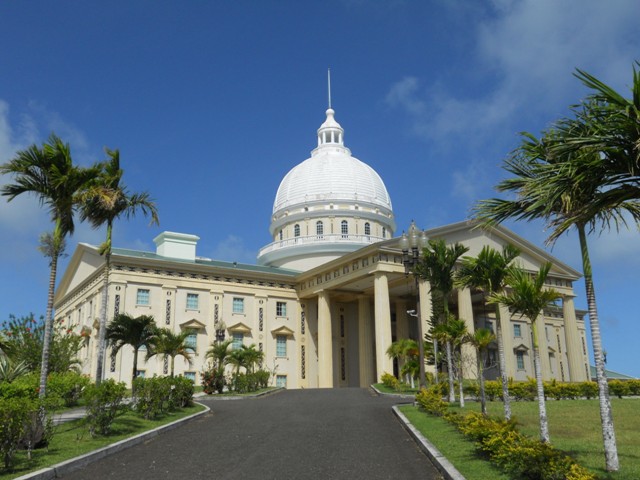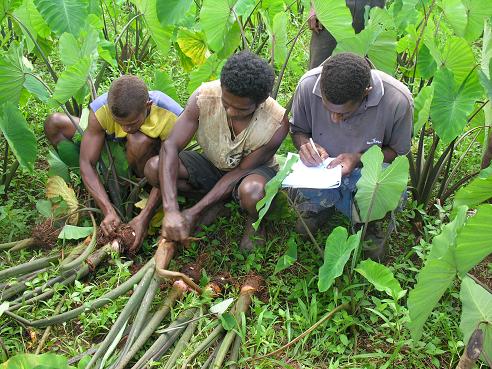In countries where there is a mixing of cultures
(which is probably most of the world), you can often see elements of more than
one culture represented in their arts. Panama is no exception to this. It’s not
only a mix of various indigenous cultures and Spanish culture, but it also
blended in bits of American, other European, Caribbean, and African cultures
into its arts as well.
In Panama, baskets were a common utensil of
everyday life, but these woven baskets were also a work of art as well. Other
arts and handicrafts they are known for include pottery, woodcarvings, and
masks used for ceremonial purposes.
The Kuna people, who live in Panama and Colombia
and weirdly enough have a swastika on their flag, are known for their
extraordinary embroidery techniques. Their traditional clothing for women
called a mola is brightly colored and highly embroidered cloth. I love it – I think
it’s beautiful.
Modern arts like painting, printmaking, sculpture,
and illustration are also found in Panama. Here are a few artists of note:
Alicia Viteri (known for her printmaking), Carlos Francisco Chang Marín
(sometimes known as Changmarín, he’s a painter, writer), Olga Sinclair
(figurative painter), Alfredo Sinclair (painter, father to Olga), Chafil
Cheucarama (drawing, painting, illustrations, tagua [ivory plant/vegetable
ivory seeds] carving), José Luis Rodíguez Pittí (photographer, writer), and
Antonio Jose Guzman (photography, media art).
Although literature in Panama can be dated back to
the mid 1500s, its literary history has changed quite a bit over the years. The
earliest works were mostly histories, religious texts, and other official
works. Panamanian authors began producing works during the 17th
century; one of the more significant works during this time is an anthology
called “Llanto de Panamá a la muerte de don Enrique Enriquez.”
After Panama gained its independence from Spain, it
entered a period of Romanticism in its literary styles, which was fueled by a
sense of nationalism. Much of the literature produced during this time was not
from professional authors with university degrees, but rather amateurs. Poetry
played an important part of their desire to create their own identity. Poets
important during this time include Tomás Martín Feuillet, Amelia Denis de
Icaza, and Jeronimo de la Ossa. Traditional style poetry would be king all the
way up until the next time they gained their independence from Colombia.
After Panama broke up with Colombia in 1903,
authors began to go through a modernist movement. Avant-garde poetry crept in
and stood out as a nationalist movement. Ricardo Miró started a literary
magazine called Nuevos Ritos. Miró himself is also a well-known poet; his poem
“Patria,” written in 1909, was his most famous work. The avant-garde poetry and
prose took its foothold and really became the thing. It merged itself (or grew
out of/influenced by) with a Spanish literary style known as ultraísmo.
Essentially, it was created as an opposite movement to surrealism: to remove
the flowery and nebulous and incredulous descriptions and write to the
metaphor, aiming to merge the two images into one. There have been numerous
authors, journalists, poets, playwrights, and other writers who have taken
these elements to create the voice for their culture and generation.
Up next: music and dance


